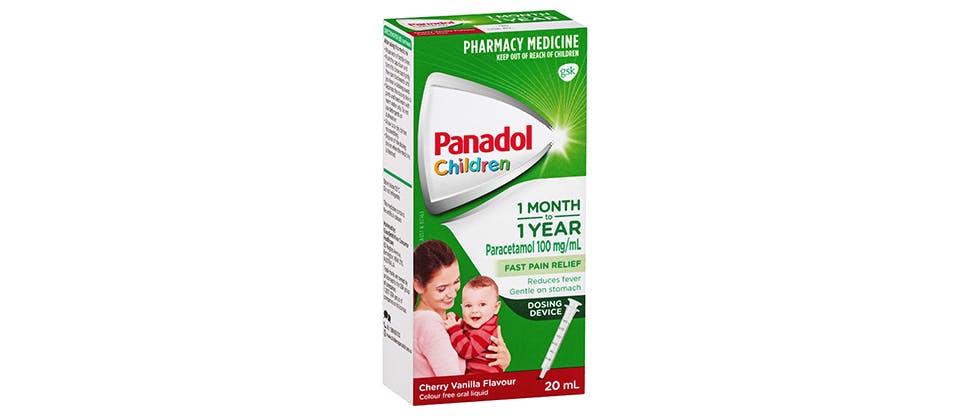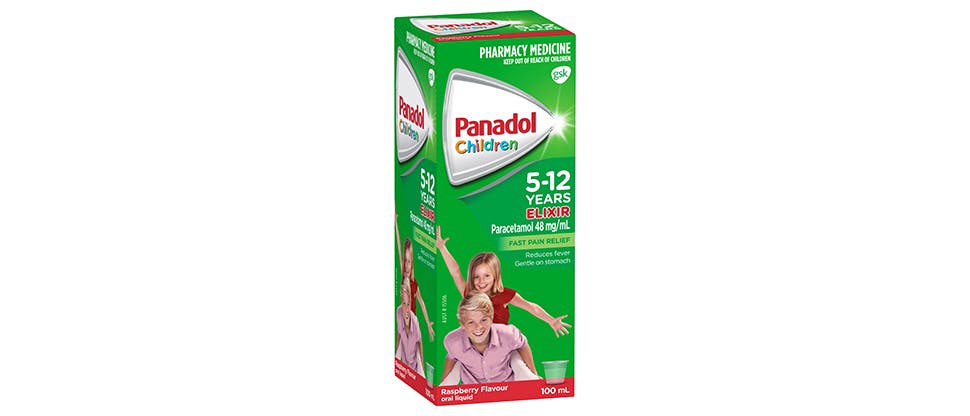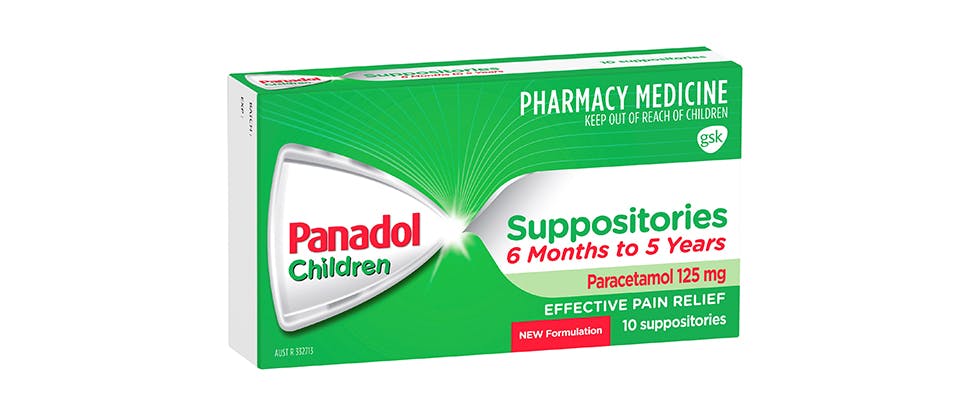Panadol for children
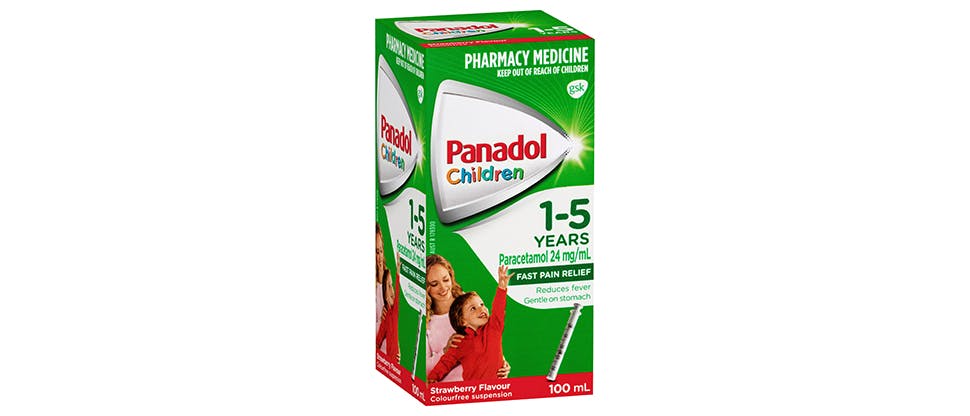
Nothing is more effective for children’s fever and pain1-4#*
Children’s Panadol contains paracetamol, which international guidelines recommend for the treatment of pain and fever in children. It can start to reduce fever in 15 minutes 5-7*and is gentle on children’s stomachs.8,9† Unlike ibuprofen, paracetamol can be used from 1 month of age.10-12
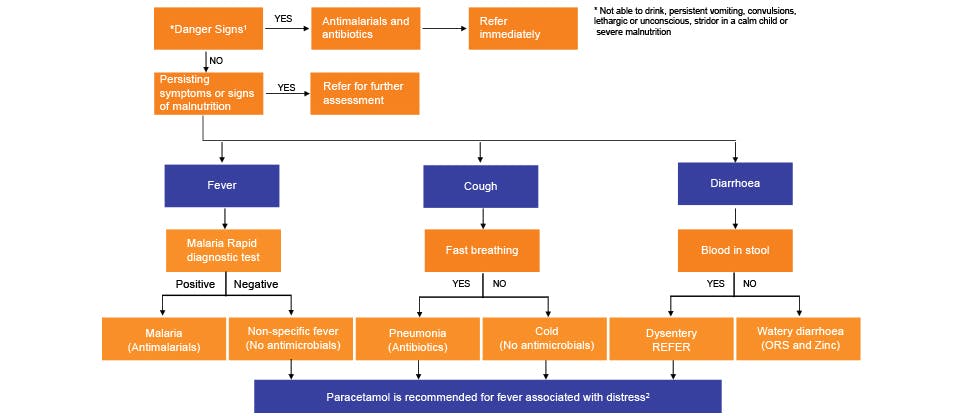
The World Health Organization guidelines on fever management state that when a child presents with fever, danger signs should be looked for. These include an inability to drink, persistent vomiting, convulsions, lethargy or unconsciousness, stridor in a calm child or severe malnutrition. If these signs are present, the patient must be referred immediately for specialist management.13
The symptomatic fever, associated with distress due to non-specific respiratory infections, diarrhoea and other infections, is managed with paracetamol.14
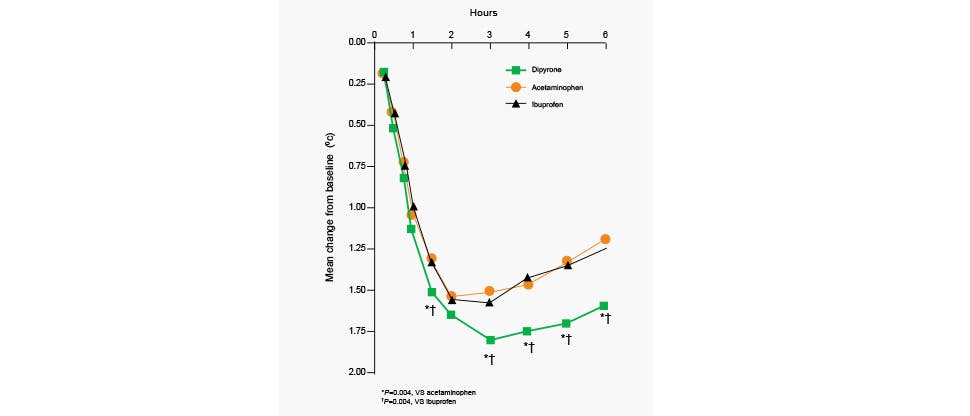
This was a randomised, double-blind multicentre trial involving febrile children aged 6 months to 6 years who were given a dose of paracetamol (acetaminophen) 12 mg/kg (n=210). A downward slope in temperature was seen at the 15-minute time point. Maximal rate of temperature reduction was reached at 60 minutes in the paracetamol group.6
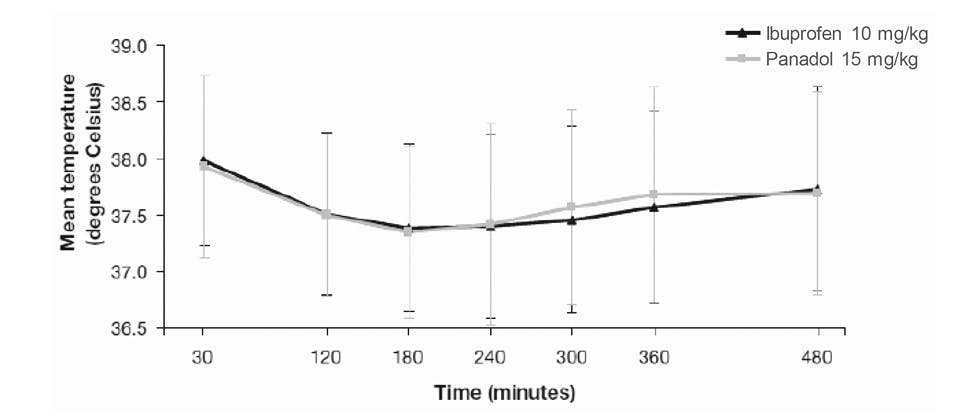
A randomised, single-dose, double-blind study in children from 3 months to 12 years old (N = 301) with non-serious fever received either paracetamol 15 mg/kg or ibuprofen 10 mg/kg. Mean temperature in both groups were 38.9°C at baseline. Primary outcome was tympanic temperature reduction over the following 8 hours post first dose administration.
Both paracetamol 15 mg/kg and ibuprofen 10 mg/kg had similar (not significant) reductions in temperature. The mean area under the curve (AUC) was -7.66°C and -7.77°C, respectively.1
Effective pain relief in children11
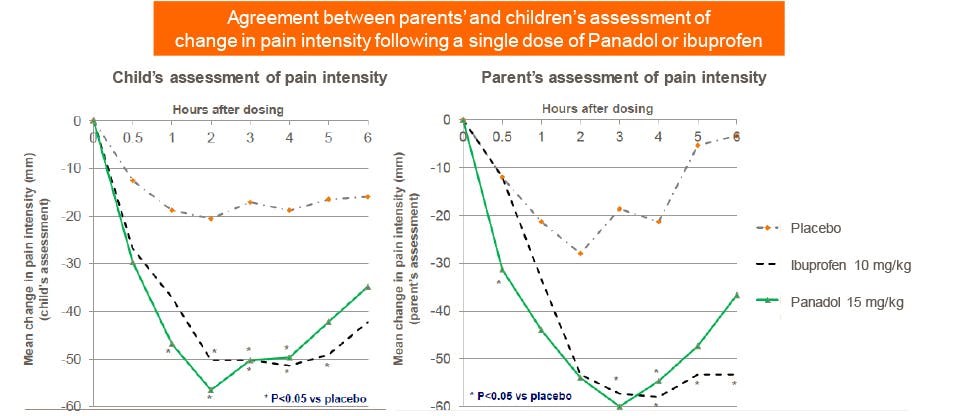
This was a randomised, single-dose, double-blind, placebo-controlled study in children aged 2-12 years with acute sore throat treated with paracetamol 15 mg/kg, ibuprofen 10 mg/kg or placebo. Paracetamol showed significant pain relief vs. placebo from 1-hour post dose, which was sustained until 4 hours after dosing based on the children’s assessment of their pain. The parents’ assessment of changes in pain intensity seen in their children reflected the same.3

Unlike ibuprofen, paracetamol is suitable from just 1 month of age.10-12 It’s gentle on children’s stomachs,8,9† has fewer drug-drug interactions than ibuprofen,11,15 and is not contra-indicated for children with dehydration.16

Ollie’s got a fever
Ollie is 1 years old and has had a fever for the past two days. Though he is taking fluids, his mum is worried because he has been fussy and not eating well. She wants something to help reduce the fever that will be suitable for him.
Panadol Children 1-5 years old Colourfree Suspension can help Ollie feel better by quickly and effectively reducing his fever.11

Children’s Panadol 1 month -1 year Baby Drops
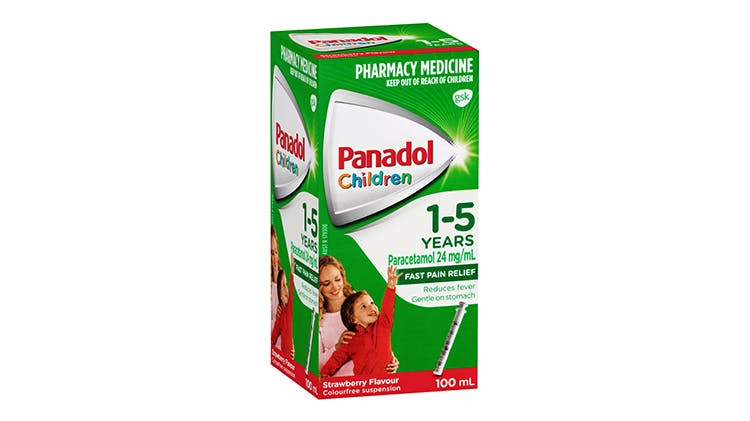
Children’s Panadol 1-5 years Colourfree Suspension
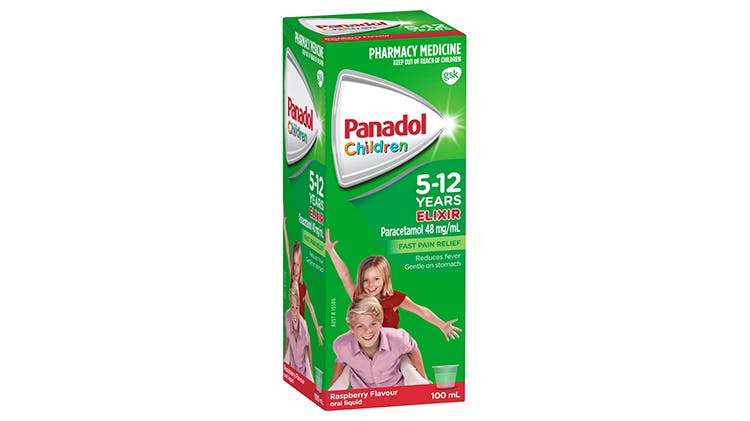
Children’s Panadol 5-12 years
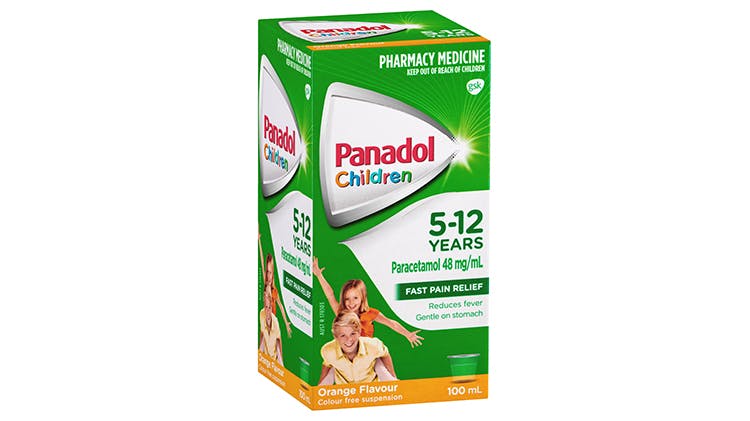
Children’s Panadol 5-12 years Colourfree Suspension

Children’s Panadol 3+ years Chewable Tablets
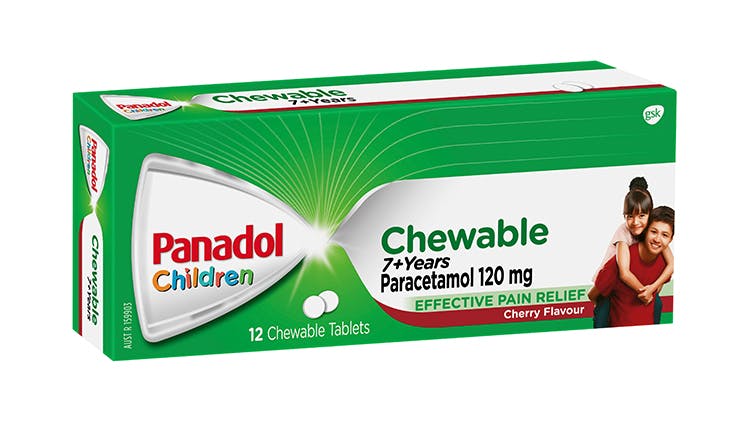
Children’s Panadol 7+ years Chewable Tablets
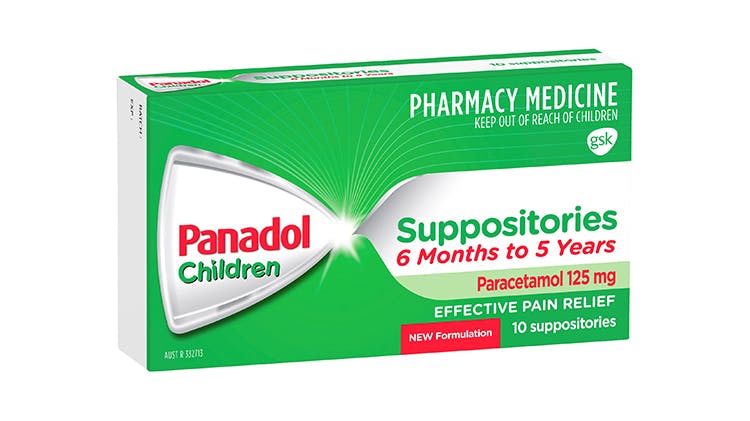
Children’s Panadol 6 months-5 years Suppository
Learn more

When to refer children with fever
Learn more about “red-flag” symptoms when children present with fever.

The science of paracetamol
Learn more about paracetamol – the basics, its mechanism of action and more.
